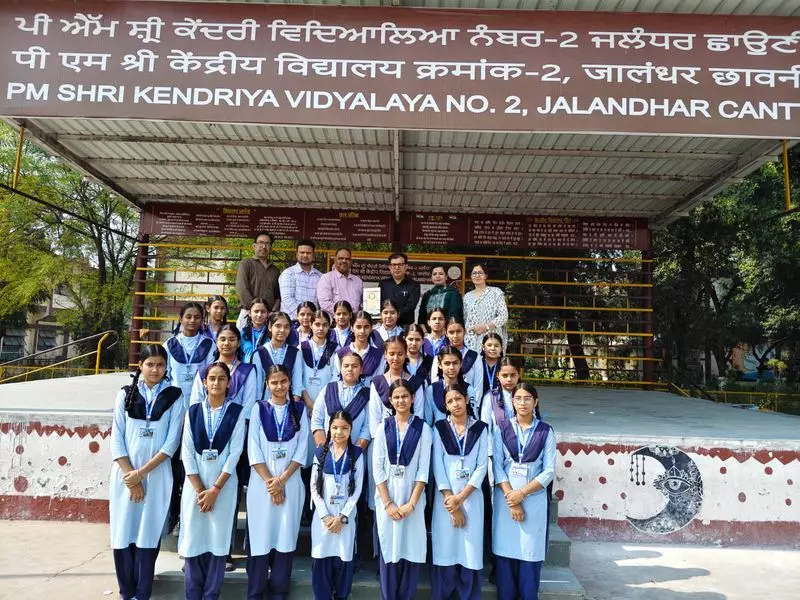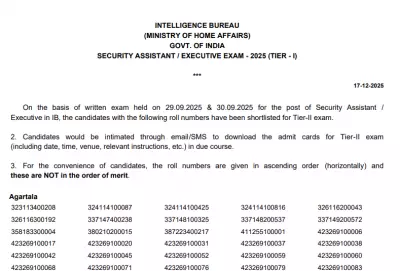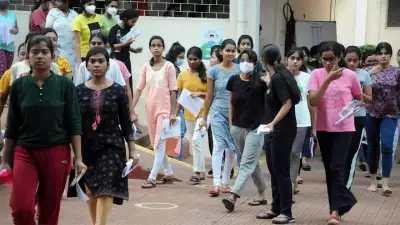
In an inspiring educational initiative, Kendriya Vidyalaya No. 2, Jalandhar Cantt, under the prestigious PM SHRI Schools scheme, recently organized an innovative twin school activity that brought students together in a dynamic learning environment.
The program featured a series of engaging workshops and collaborative exercises designed to foster teamwork, creativity, and mutual understanding among participants. Students from different academic backgrounds worked together on various projects, showcasing their talents and learning from one another's perspectives.
Building Bridges Through Education
The twin school concept represents a significant step forward in modern educational approaches, emphasizing the importance of cross-cultural exchange and cooperative learning. Through carefully structured activities, students developed essential life skills including communication, problem-solving, and leadership abilities.
Teachers and faculty members played a crucial role in facilitating the program, ensuring that each activity aligned with educational objectives while maintaining an atmosphere of enjoyment and discovery. The event demonstrated how innovative teaching methodologies can transform traditional classroom experiences into vibrant learning opportunities.
A Model for Future Educational Initiatives
The success of this twin school activity highlights the commitment of Kendriya Vidyalaya No. 2 to providing holistic education that goes beyond conventional academic boundaries. By creating platforms for student interaction and collaborative learning, the institution sets a remarkable example for other educational establishments across the region.
This initiative under the PM SHRI Schools program showcases how strategic educational partnerships can enhance learning outcomes and prepare students for the challenges of tomorrow's world. The positive response from participants indicates a growing need for such innovative approaches in contemporary education systems.





